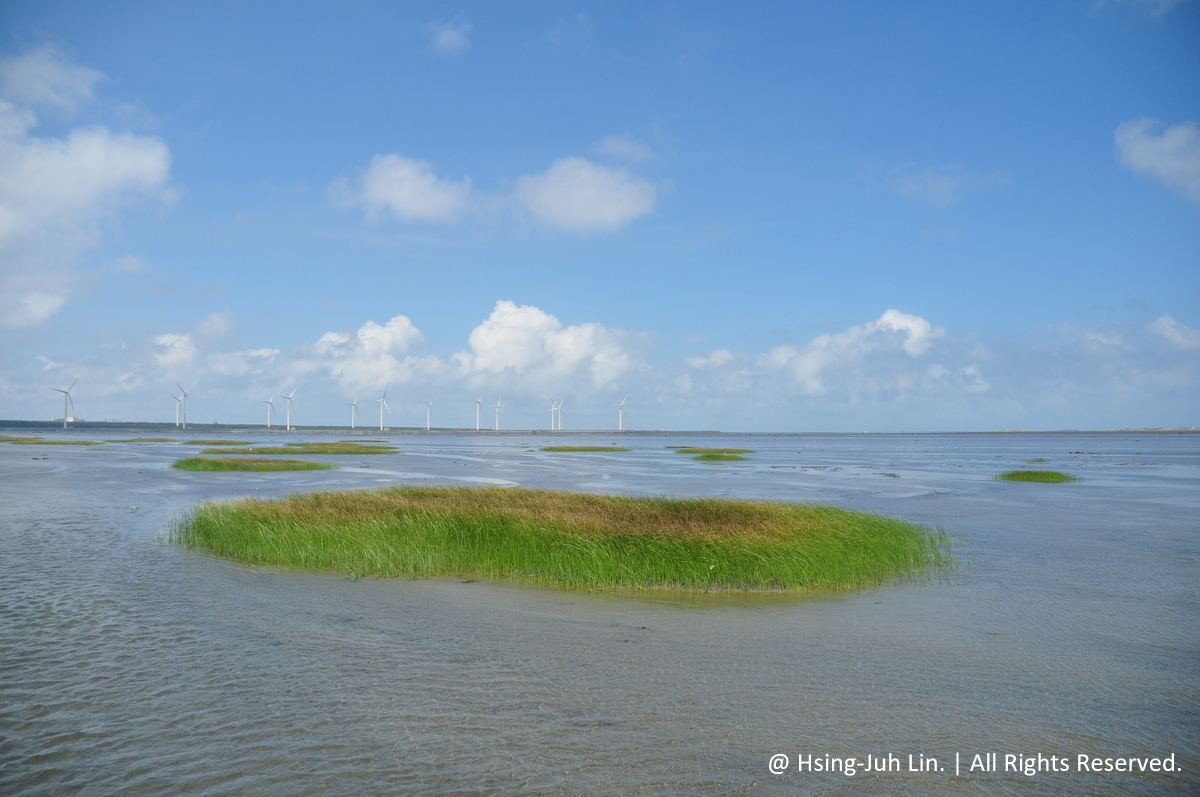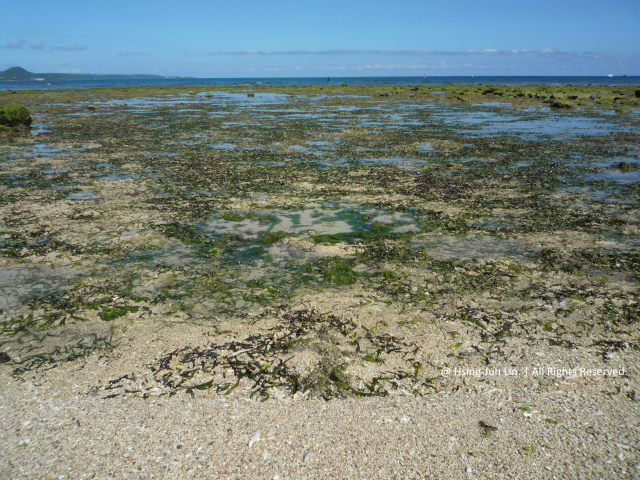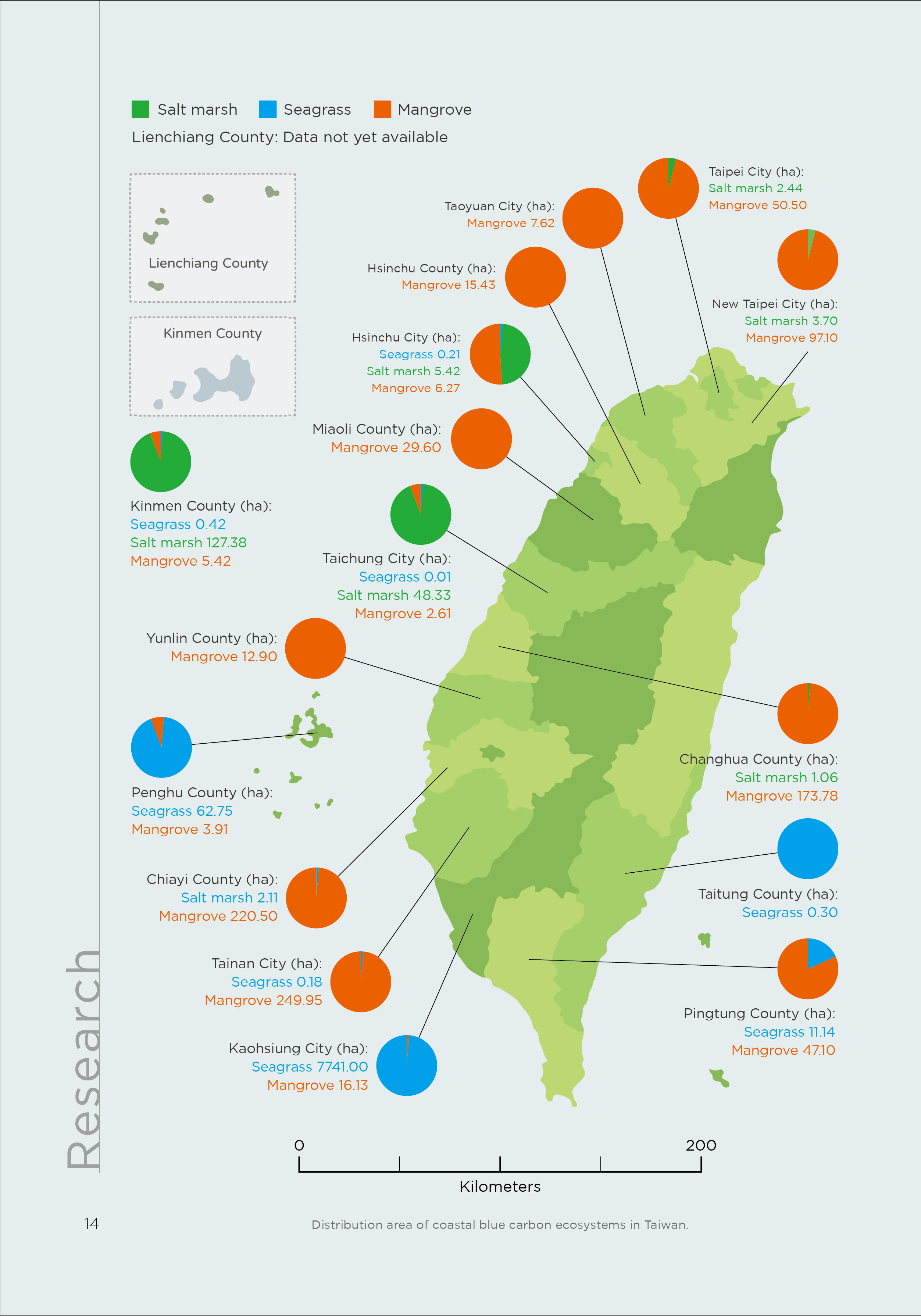Source: Hsing-Juh Lin, Department of Life Sciences and Innovation and Development Center of Sustainable Agriculture, NCHU
Taiwan's Coastal Blue Carbon Systems: A Research Journey
The story of Taiwan's coastal blue carbon research represents a significant milestone in our understanding of climate change mitigation. Led by Professor Hsing-Juh Lin from the Department of Life Sciences and Innovation and Development Center of Sustainable Agriculture at National Chung Hsing University (NCHU), this comprehensive study has unveiled the hidden potential of our coastal ecosystems in the fight against global warming.
Understanding Blue Carbon: Nature's Hidden Climate Solution
While forests have long been recognized as nature's carbon capture systems, coastal ecosystems play an equally crucial role in sequestering greenhouse gases from our atmosphere. These coastal systems, known as "blue carbon" ecosystems, possess remarkable abilities to capture and store carbon over extended periods. The term "blue carbon" encompasses three main coastal ecosystems: mangrove forests, salt marshes, and seagrass beds, each with its unique characteristics and contributions to carbon storage.

►Salt marshes in Taichung City, Taiwan.
The Diversity of Taiwan's Coastal Carbon Sinks
Taiwan's coastline harbors an impressive array of blue carbon ecosystems, each playing a vital role in carbon sequestration. Along the western coast, mangrove forests spread across 939 hectares, creating complex root systems that excel at trapping carbon-rich sediments. These remarkable trees can store between 12.81 and 25.07 metric tons of carbon per hectare annually, establishing themselves as powerful allies in carbon sequestration.
The salt marshes, though smaller in area at 188 hectares, demonstrate remarkable efficiency in carbon capture. These ecosystems, particularly prominent in Kinmen, can sequester between 3.45 and 24.33 metric tons of carbon per hectare each year. The exotic Spartina alterniflora has become a significant player in these environments, now accounting for more than two-thirds of Taiwan's salt marsh area. Perhaps most impressive are the seagrass beds, covering 7,818 hectares, with the vast majority found in the pristine waters of Dongsha Island. These underwater meadows vary in their carbon storage capacity, with intertidal areas storing between 2.93 and 6.22 metric tons of carbon per hectare annually, while the subtidal beds in Dongsha demonstrate even greater efficiency, capturing 14.73 metric tons per hectare each year.

►Seagrass beds in Pingtung County, Taiwan.
The Science Behind Blue Carbon Storage
The exceptional carbon storage capability of these coastal ecosystems stems from their unique environmental conditions. The waterlogged soils create oxygen-poor environments that significantly slow down the decomposition of organic matter. This anaerobic setting, combined with the high productivity of these ecosystems, creates an ideal environment for long-term carbon storage. As plants grow, die, and become buried in the sediment, they create a continuous cycle of carbon capture and storage that can persist for centuries.
Research Impact and Environmental Significance
The research team's findings have revealed that Taiwan's coastal blue carbon systems collectively sequester 132,421 metric tons of carbon annually, equivalent to removing 485,544 metric tons of CO2 from the atmosphere. This significant carbon storage capacity positions these ecosystems as crucial components in Taiwan's strategy to combat climate change and achieve its carbon neutrality goals.
Beyond carbon storage, these ecosystems serve as vital habitats for marine biodiversity. They provide nursery grounds for countless marine species, support complex food webs, and offer natural coastal protection against erosion and storm surges. The economic value of these services extends beyond carbon sequestration to include potential carbon credit trading opportunities and support for sustainable coastal development.

►Distribution area of coastal blue carbon ecosystems in Taiwan.
Challenges and Future Directions
Despite their importance, these ecosystems face numerous challenges. Their limited distribution makes them particularly vulnerable to coastal development pressures, while climate change poses an ongoing threat to their stability and effectiveness. The research team continues to monitor these systems, refining measurement techniques and analyzing how they respond to environmental changes.
The protection of these valuable coastal systems requires a multi-faceted approach, combining enhanced legal protection, sustained scientific monitoring, and active restoration efforts to ensure their preservation. Additionally, the research team emphasizes the need for improved carbon measurement techniques and a better understanding of how these ecosystems respond to climate change.
Looking Forward: A Call for Action
The significance of Taiwan's coastal blue carbon systems extends far beyond their shores. As the world grapples with climate change, these ecosystems offer a natural solution that combines carbon sequestration with biodiversity conservation. Their protection represents a win-win strategy that aligns with both environmental preservation and economic development goals.
The research led by Professor Lin and his team has laid a crucial foundation for understanding and protecting these vital ecosystems. As we move forward, the continued study and conservation of these areas will play an increasingly important role in Taiwan's environmental future and its contribution to global climate action. Through sustained research, conservation efforts, and sustainable management practices, these natural carbon sinks can continue to provide their valuable services for generations to come.
This research not only advances our scientific understanding but also serves as a call to action for policymakers, coastal managers, and the public. The protection of these ecosystems requires ongoing commitment, resources, and cooperation across all sectors of society. As we face the challenges of climate change, Taiwan's coastal blue carbon systems stand as a testament to nature's capacity to help solve our most pressing environmental challenges.

►Mangroves in Tainan City, Taiwan.


